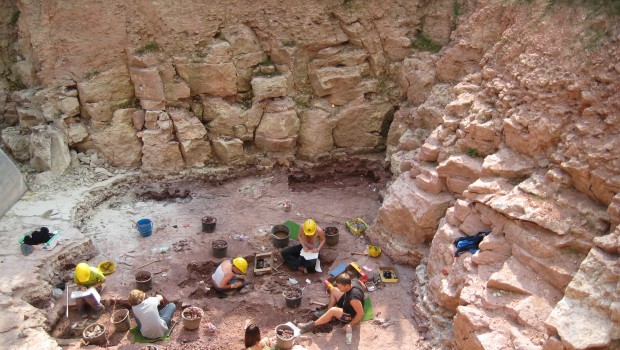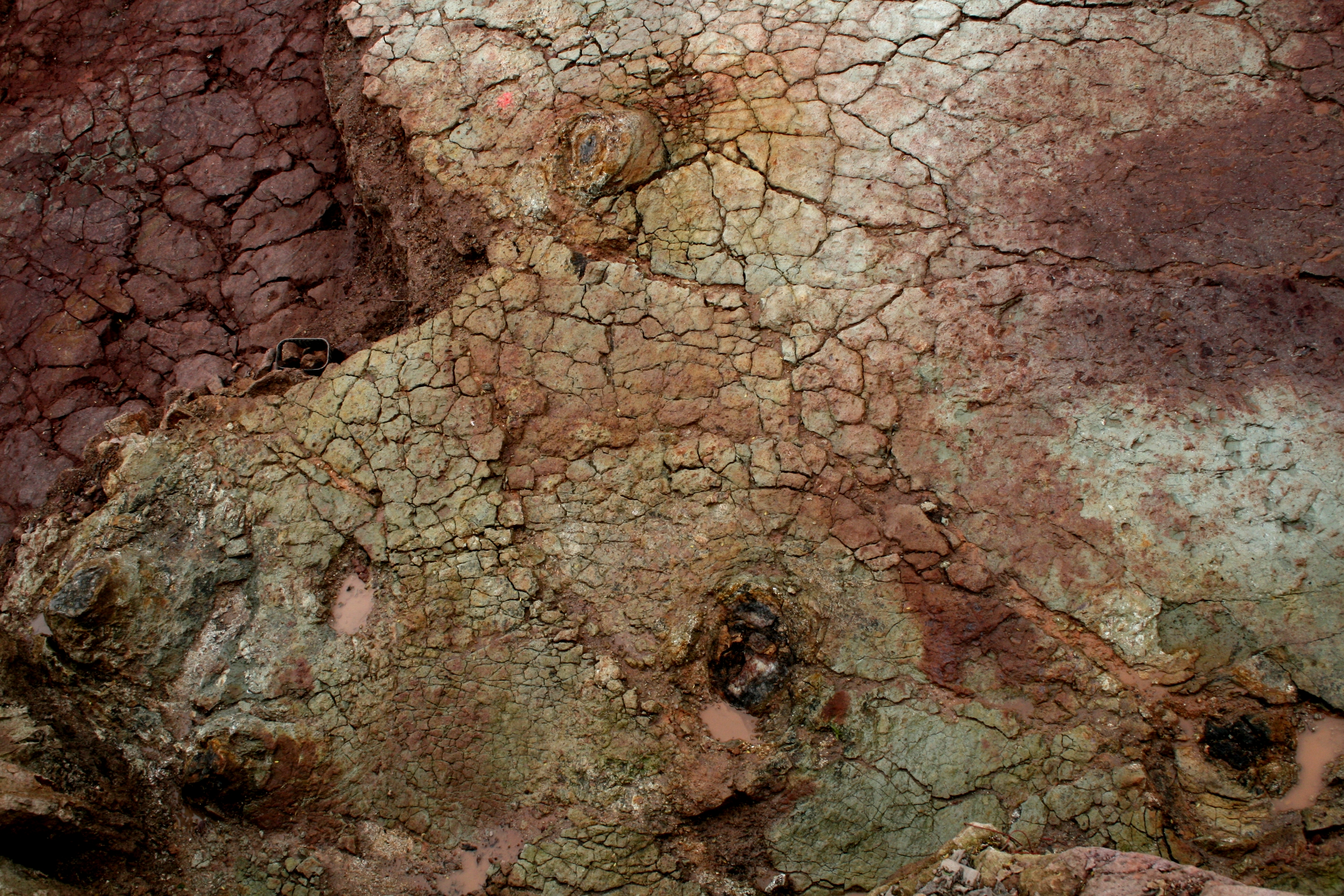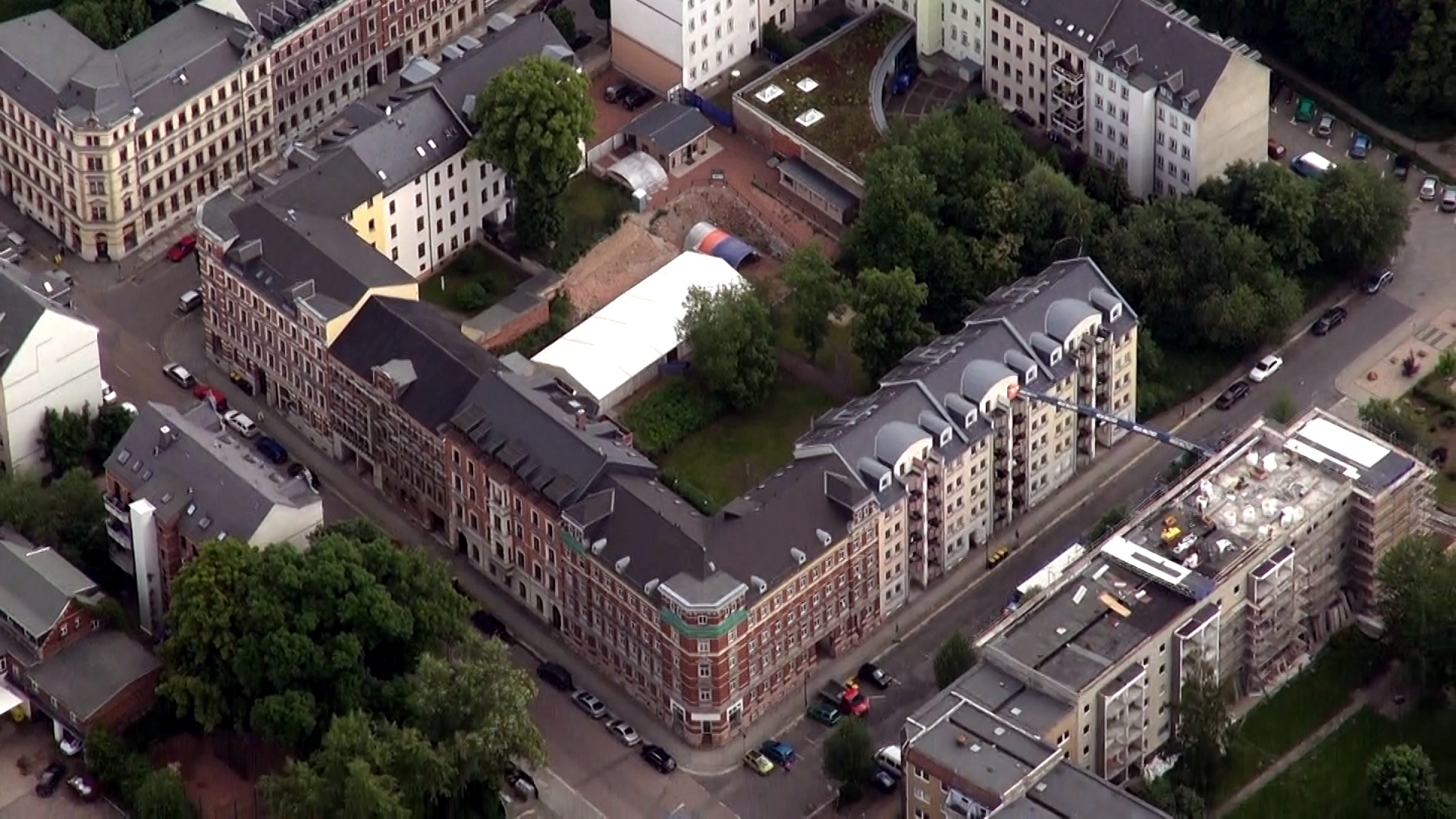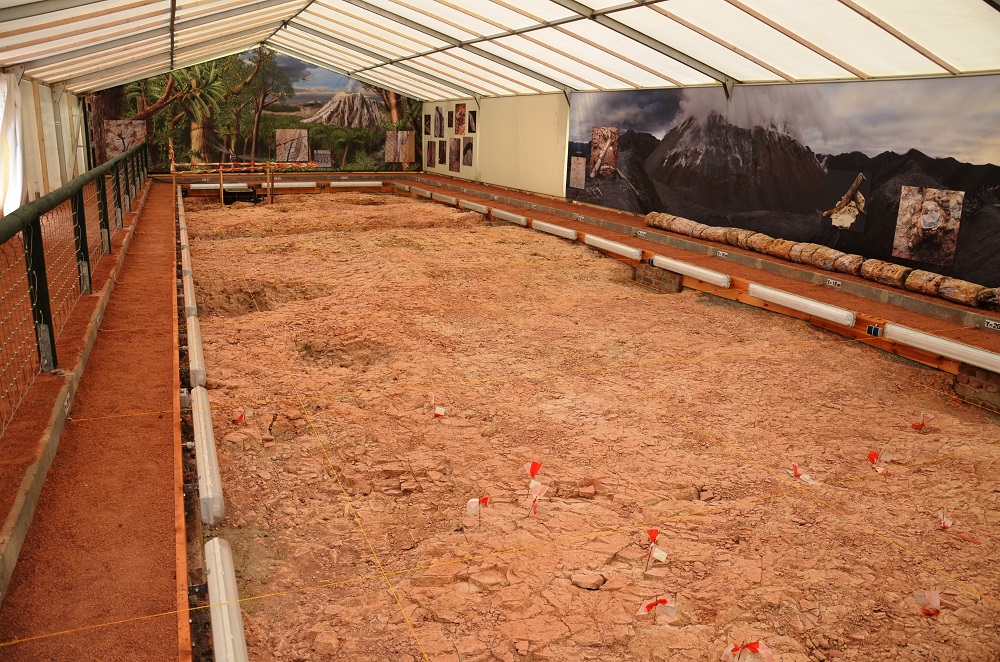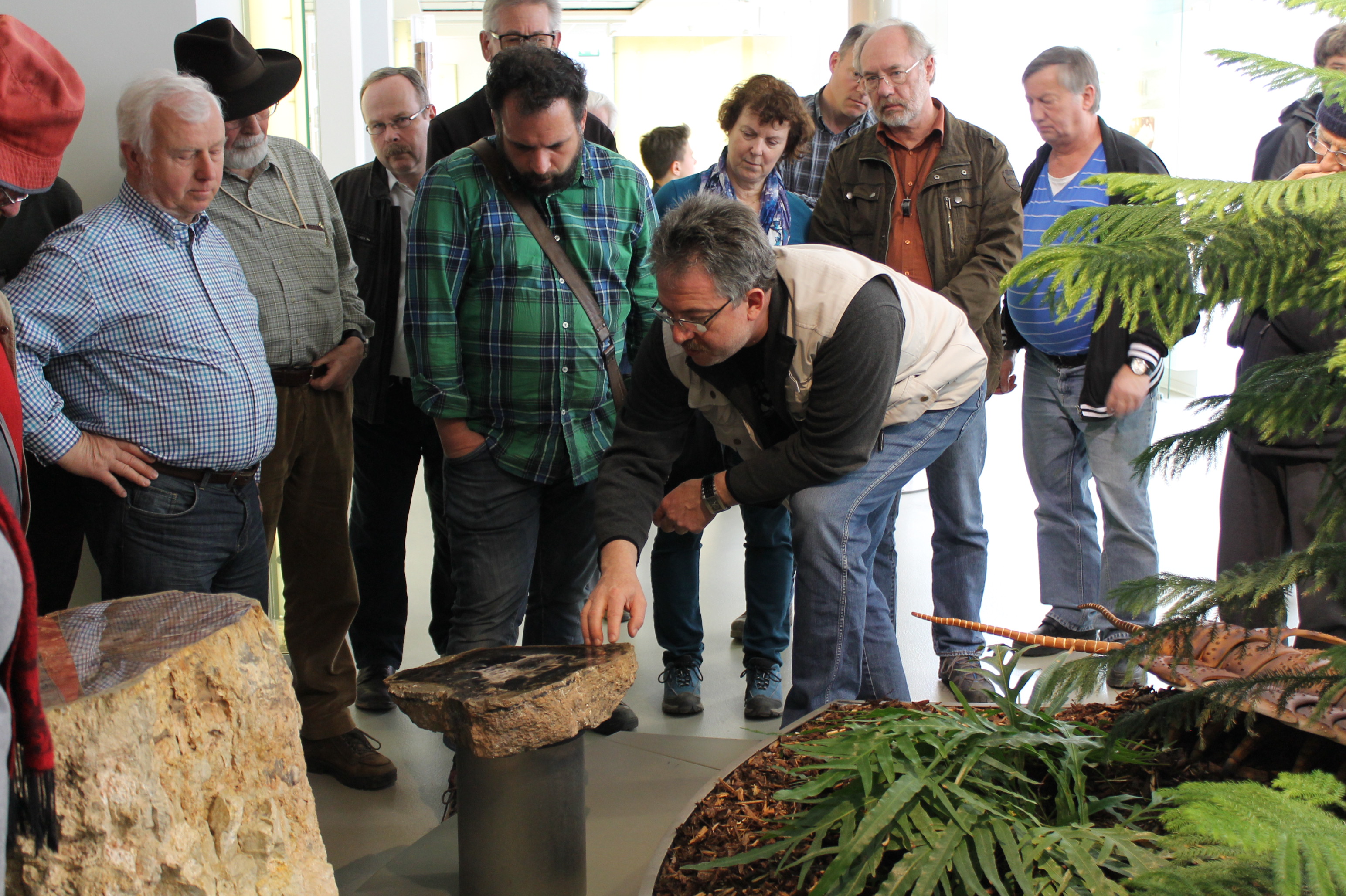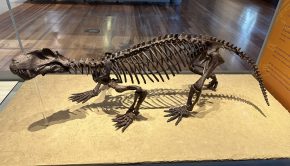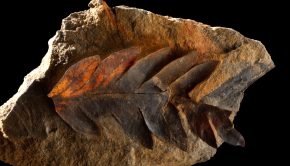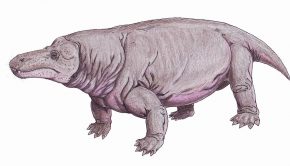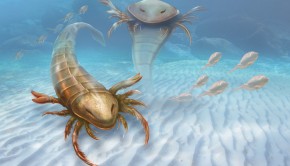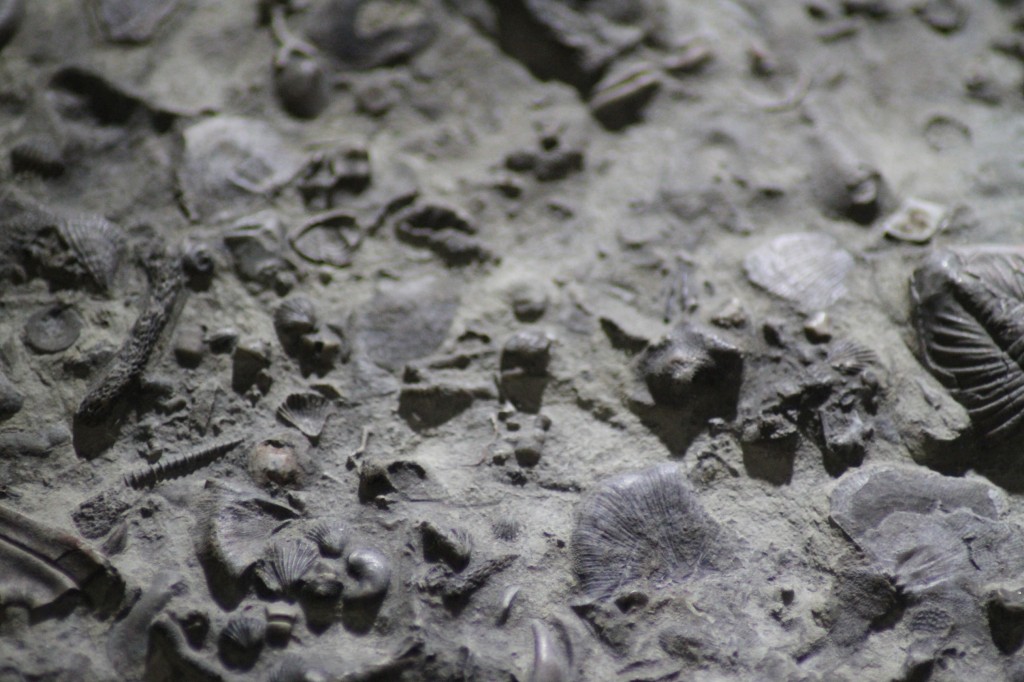Episode 59: Chemnitz petrified forest
Beneath the city of Chemnitz, Germany, exists a entire fossilised forest. This whole ecosystem was preserved in life-position during a series of volcanic events. The forest is from the Permian period and thus represents a fantastic snapshot of life during a time when terrestrial fossils are notoriously rare.
Joining us to discuss the flora and fauna of the Permian of Germany is Dr Ronny Rößler, director of the Museum für Naturkunde Chemnitz.
Podcast: Download (Duration: 38:56 — 53.5MB)

Largest Calamite (Arthropitys bistriata) in the world, a branched woody tree up to 15 m tall. Fossil of the year 2010.

Geological section at site Chemnitz-Hilbersdorf with air fall tuffs at the base and massive ignimbrite on the top.

3D model (made by Volker Annacker) indicating plant fossils as found in the excavation: blue – Psaronius tree ferns, green – medullosan seed ferns, red – calamitaleans, grey – cordaitaleans.

Pinna of the seed fern Alethopteris schneideri. This is a frond portion found attached to a Medullosa stem crown.

The youngest member of the arachnid order Trigonotarbids in the world: Permotarbus schuberti Dunlop and Roessler 2013.

Scorpion found in its habitat – in a burrow beneath a woody root, a few centimetres below the palaeosol surface.

Scorpion find given the informal name “Birgit”, recently described as ?Opsieobuthus tungeri Dunlop et al. 2016.

